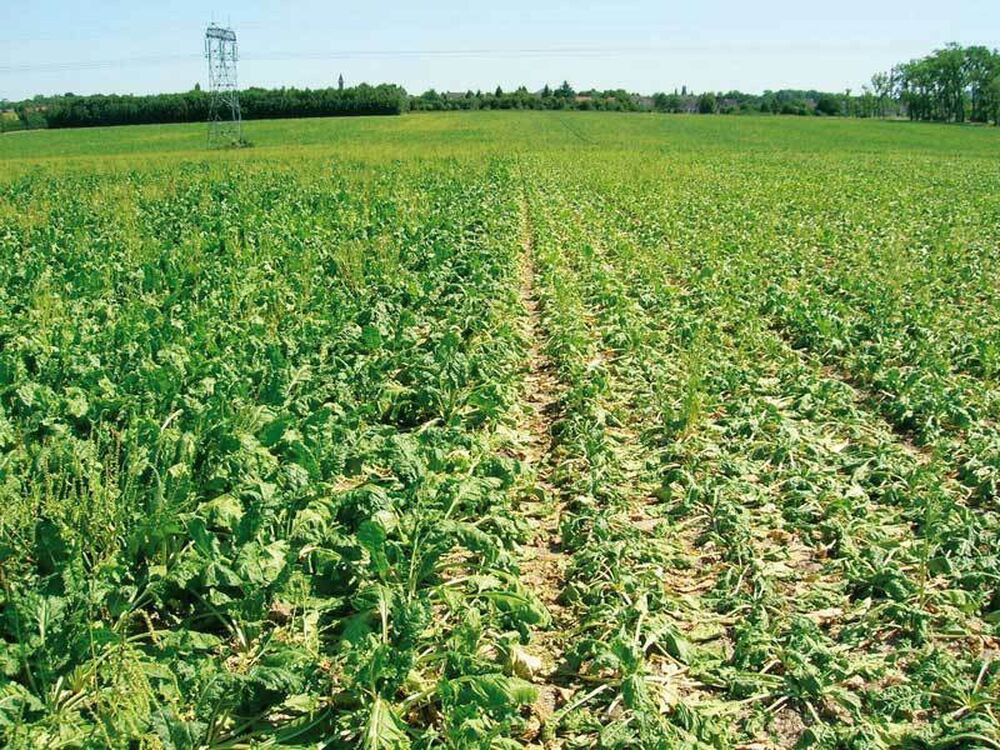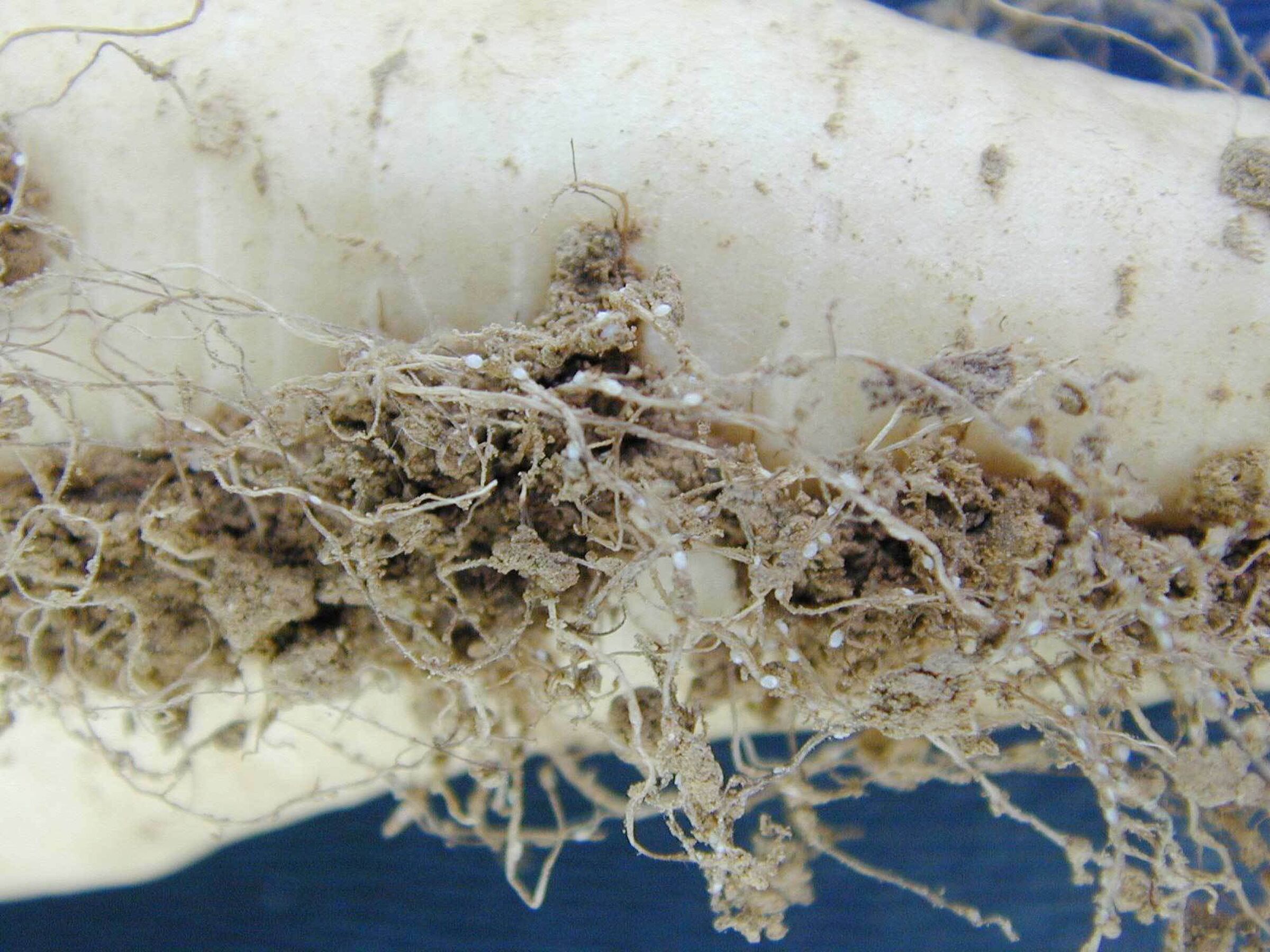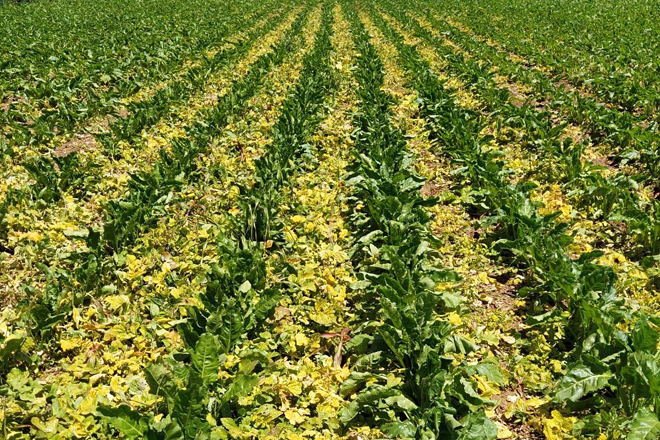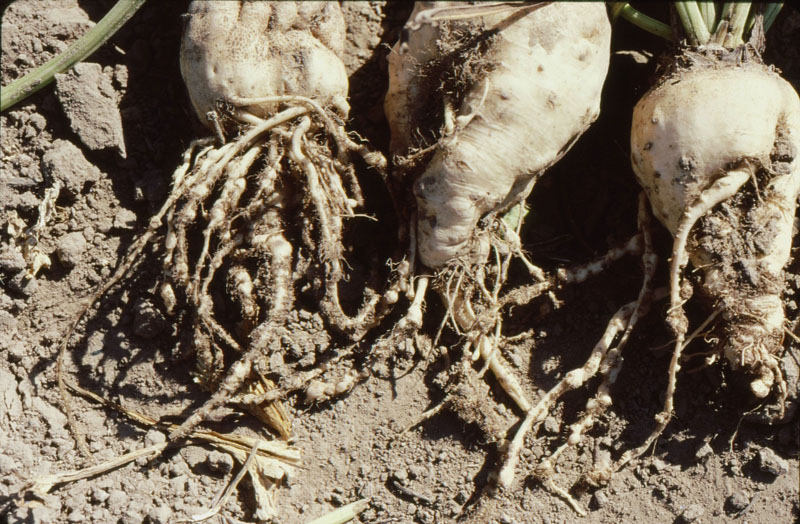
Nematodes
Nematodes
Pathogen:
Nematode
Type:
Risk:
HIGH
Nematodos
Remolacha de mesa


WHO CAUSES IT?
Nematodes are microscopic organisms that belong to the phylum Nematoda. These soil parasites can attack a variety of plants, including beets. Their life cycle begins when the eggs hatch in the soil, releasing larvae that search for roots of host plants. The larvae penetrate the roots, where they feed and develop, causing damage to plant tissues. As they grow, the larvae go through several stages of development until they reach maturity, at which point they reproduce. Females lay their eggs in the roots or surrounding soil, perpetuating the infestation. Nematodes can survive in the soil for long periods in the egg state, allowing them to persist even in the absence of host plants. The ability of these organisms to infest a wide range of plants and their resistance to adverse conditions makes them a significant threat to crops.
SYMPTOMS
The presence of nematodes in beets causes a disease that seriously affects plant growth and production. Nematodes feed on roots, causing lesions and disturbing the absorption of water and nutrients. This results in a series of symptoms that affect both the aerial and underground parts of the plant, compromising its vigor and performance.
- Swollen or deformed roots
- Discoloration and necrosis of the roots
- Reduction in the size and weight of roots
- Yellowing of the leaves
- Leaf wilting and chlorosis
- Delayed growth
- Lower harvest yield


TEMPERATURE AND HUMIDITY
20°C - 30°C
60% - 80%
TRANSMISSION ROUTES
Contaminated soil, irrigation water, agricultural tools, infected plants, contaminated seeds
Do you want to remove this pest? Choose how you want to treat it.
TREATMENTS
Chemical treatments
• Azadirachtin 2.6% (AS AZADIRACTIN A) [EC] P/V
Treatments allowed in organic farming
• Azadirachtin 2.6% (AS AZADIRACTIN A) [EC] P/V
Biological treatments
• BACILLUS FIRMUS I-1582 5% [WP] P/P
• PURPUREOCILLIUM LILACINUM (CEPA 251) 21.6% [DC] P/V
• STEINERNEMA CARPOCAPSAE (Parasitoid and predatory nematodes)
Recommendations
- Carry out crop rotations with non-host species to reduce the population of nematodes in the soil.
- Use beet varieties resistant to nematodes to reduce susceptibility to infestation.
- Implement soil solarization practices through the use of transparent plastic sheets to eliminate nematodes by heat.
- Apply nematicides in a controlled manner and according to recommendations to reduce the nematode population in the soil.
- Maintain good agricultural hygiene, cleaning and disinfecting tools and machinery to prevent the spread of nematodes.
- Incorporate organic matter into the soil to improve its structure and promote the activity of organisms antagonistic to nematodes.
- Regularly monitor crops to detect the presence of nematodes early and take corrective measures immediately.
- Avoid excessive irrigation that could favor the spread of nematodes in the soil.
Sponsored link
Sponsored link
Sponsored link
Sponsored link
Sponsored link
Sponsored link
Effective against all types of fungi
TREATMENTS
Homemade remedies
There are no home treatments
Natural allies
Chemical treatments
There are no treatments for this disease. Treatments are directed at the insect vectors that transmit it. See insect treatments.
RECOMMENDATIONS
- Check the back of the leaves frequently, especially in dry weather.
- Spray water on the leaves to increase humidity and prevent them from settling.
- Keep plants healthy with good watering and adequate light.
- If you see cobwebs or damage, clean the leaves with a damp cloth or pressurized water.
- Use potassium soap or neem oil every few days until they disappear.
REPELLENT PLANTS
Rosemary, Dill, Coriander
EFFECTIVE PRODUCTS TO ELIMINATE THIS PEST
Sponsored link
Sponsored link
Sponsored link
Sponsored link
Sponsored link
Sponsored link
Effective against all types of fungi
*The recommended treatments are recommendations based on the authorities' databases and in no way replace the guidelines established by the legislation of each country.
*Products shown are recommendations and not our own products. As Amazon Associates, we earn revenue from purchases of recommended products.






















